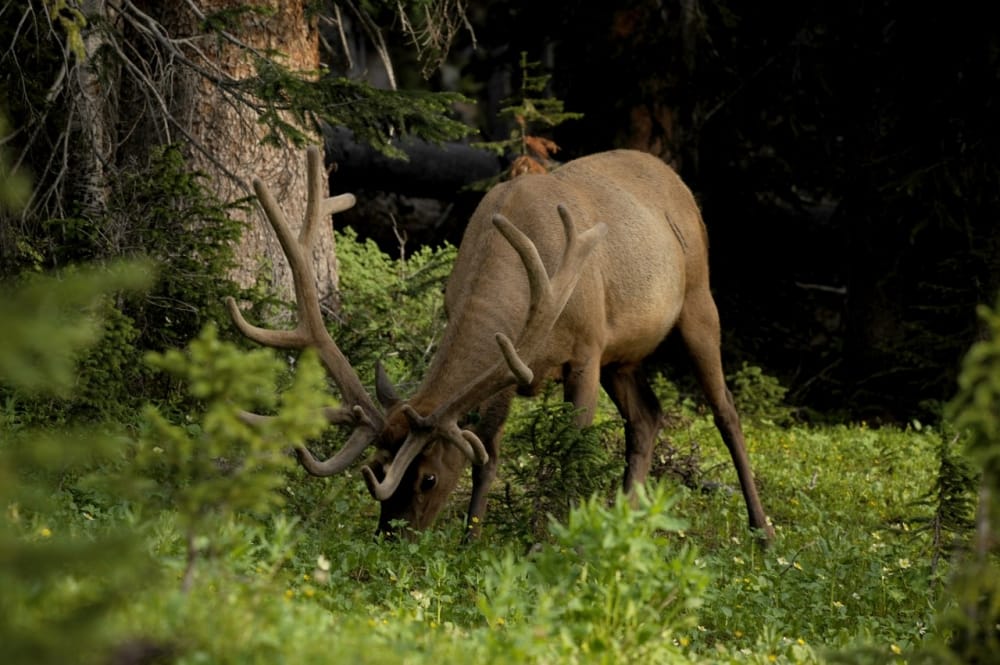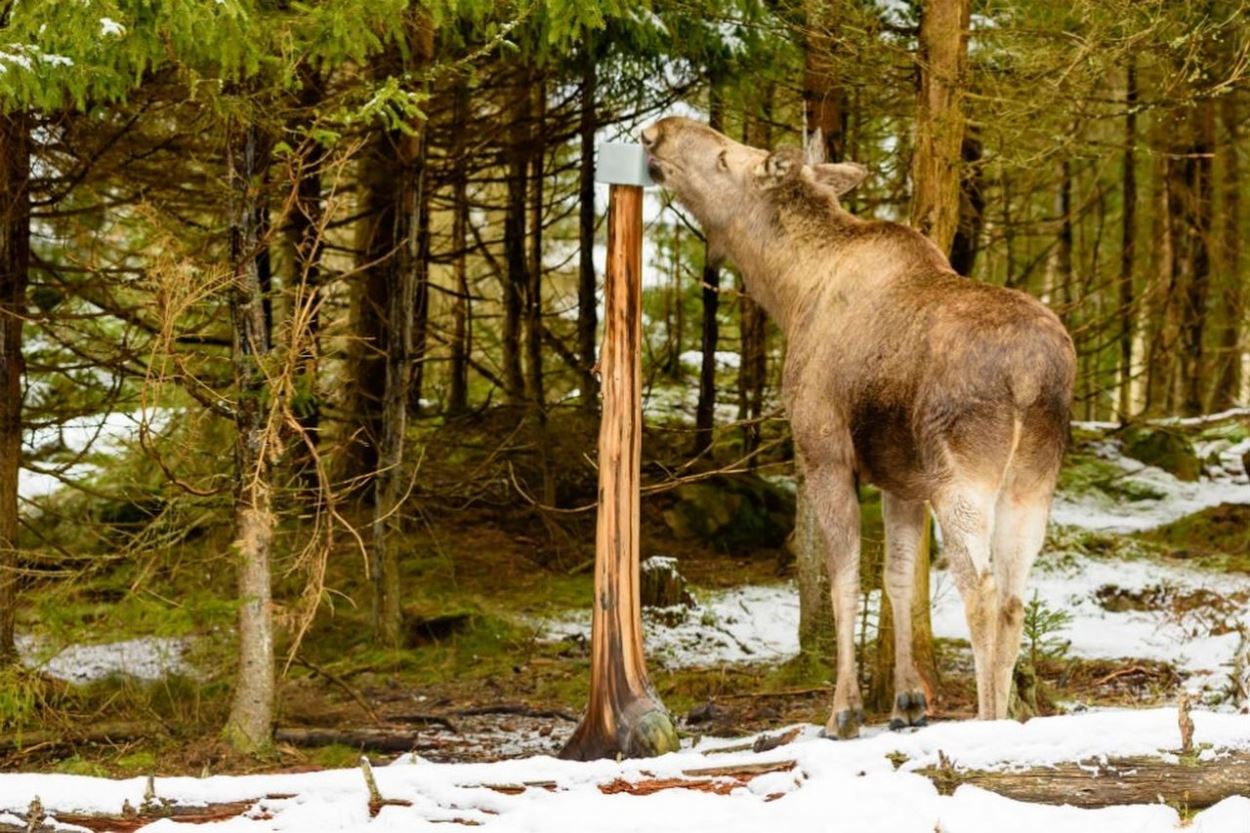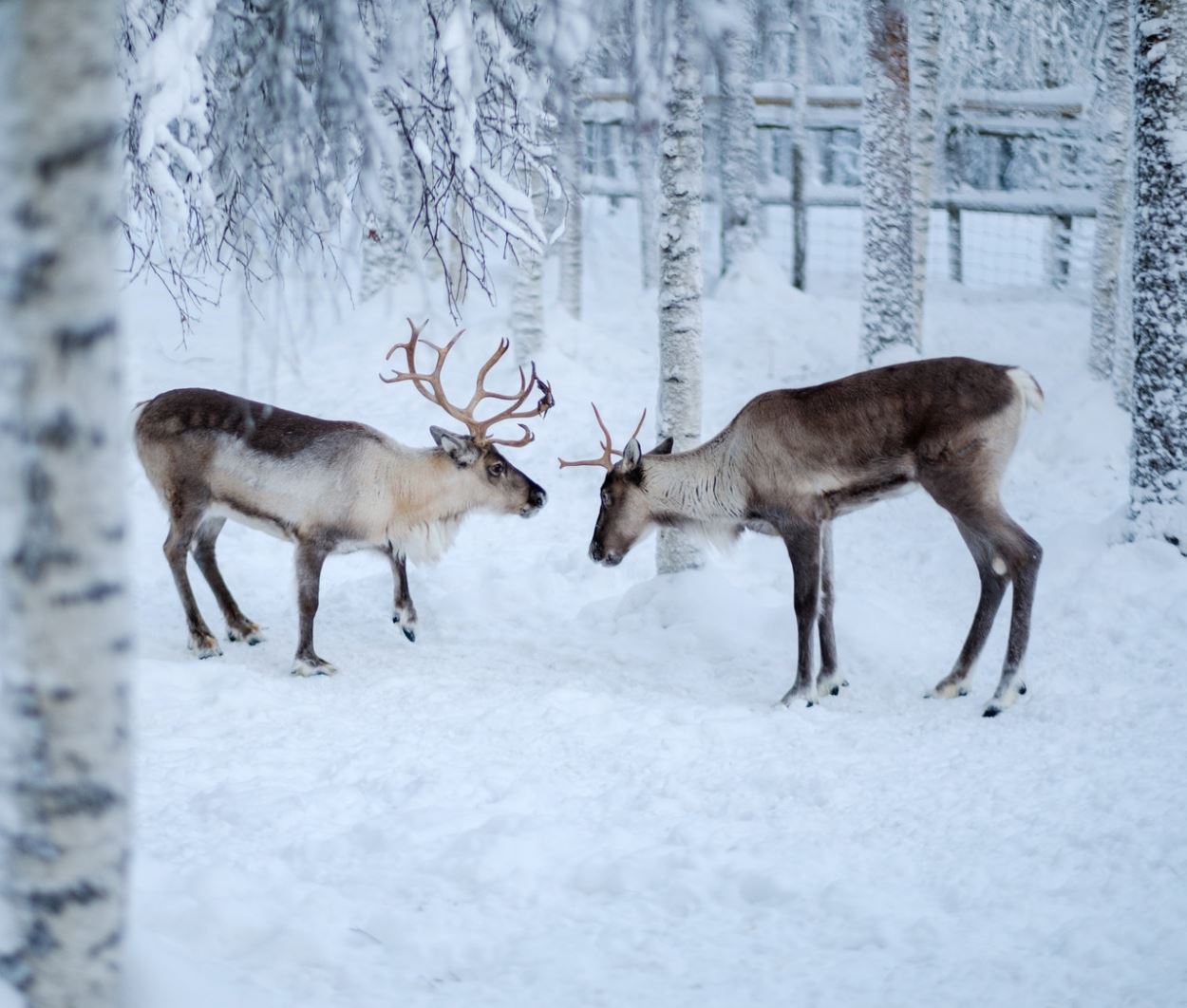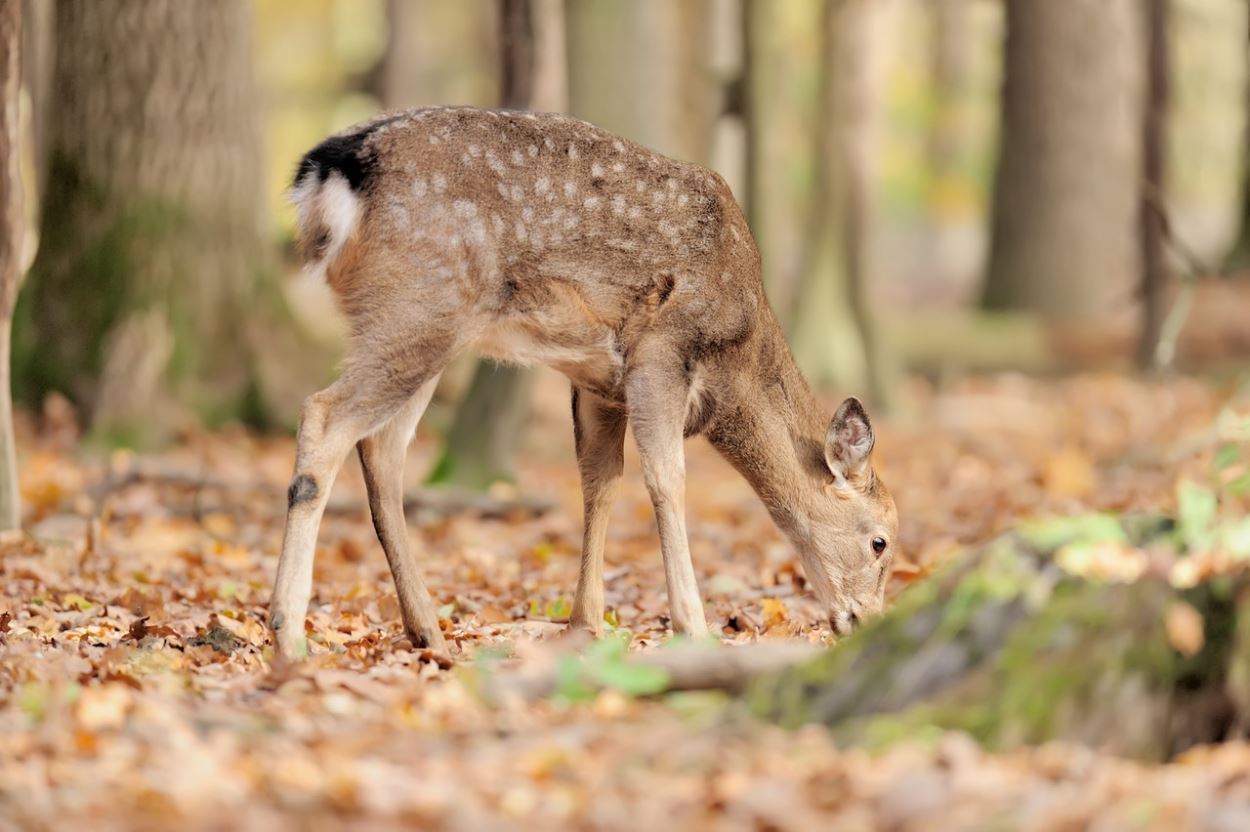Salt Lick For Deer: Extensive Guide
2020-12-18(66988)
Salt licks are vital parts of animal lives and nourishment. They play a key role in the health and growth of most of the animals, both wild and livestock. As a matter of fact, one of the most commonly-known animals that consume salt is a deer.
A salt lick for deer can be quite attractive. Deer scout for mineral salt deposits in nature for various reasons. If you wonder “why do deer like salt,” you can find out the answer in this article. We will discuss “salt lick for deer” in detail in this extensive guide.
Salt Lick For Deer: Why Do Deer Like Salt?

Salt licks, also known as mineral licks, are necessary components in animals’ diets. They contain essential mineral nutrients of salt deposits and trace minerals such as phosphorus, iron, zinc, and calcium.
Mineral licks can be commonly found in nature. Animals regularly visit those sites where natural salt licks are abundant to supplement their diet. Besides natural salt licks, there are artificial salt licks made by man to be used in the husbandry of livestock animals.
Additionally, some people use artificial mineral licks to support wildlife and the ecosystem while some hunters use them to lure wild animals like deer to their hunting ground. If you ask, “why do deer like salt?” It is because those licks are rich in minerals that deer need, especially in the springtime, for healthy bone and muscle growth.
Salt Lick For Deer In Winter & Other Seasons

Why do deer like salt, especially in winter? To make it clear, they don’t just “like” salt, they need it. Usually, when the weather is harsh, salty mineral licks are exposed, which draw animals to these locations. Sites containing salty mineral deposits play a vital role in the ecology and the diversity of organisms as they provide essential dietary benefits.
And for these dietary benefits that we mentioned earlier, deer have been on the hunt for natural salt lick for ages. They need salt to create hydrochloric acid, which helps the digestion of food in their stomach. Deer’s salt requirements vary depending on the season. Different deer species require salt intake in different seasons.
For example, the white-tailed deer need salt during the summer and spring seasons. It is because their antlers often grow in these seasons. These seasons are also the very time when they often give birth and nurse their fawns. In such cases, they require more salt than usual in their diet. As for the winter months, deer need salt to adapt to the harsh and cold weather conditions.
For more information on animal salt licks, take a look at our extensive article, Why Do Animals Need Salt?
What Kind of Salt Lick For Deer Is Your Best Option
Now you know that deer need salt. But do you know exactly what kind of salt lick is the best option for deer? Even though you might think that any type of mineral lick will do, it is not true. If you purchase salt licks made for cattle or horses, they won’t attract deer.
All salt blocks are not made equally made. They contain varying minerals in different amounts, which is determined by the dietary requirements of the intended animal. This is why it is best to choose a salt lick for deer and not just any other salt lick.
Kinds of Salt Lick For Deer
There are many kinds of salt lick for deer you can find in the market. However, you should consider each one carefully depending on the salt lick for deer purposes.
Granular Mineral Lick
Due to their small grain sizes, granular mineral licks can be mixed into the soil easily. Additionally, some granular salt licks for deer require mixing with non-chlorinated, distilled water while some do not need any water for the mixture.
Mineral Block
Mineral blocks last longer compared to other salt lick types. However, they take longer to mix into the soil. This is why they are usually preferred in the areas that receive high amounts of rainfall which makes the salt blocks seep into the land faster.
Liquid Salt Lick For Deer
We can say that liquid salt licks are quite the opposite of hard, solid mineral blocks. Their liquid form provides faster seeping into the land. However, as a downside, liquid salts do not last as long as mineral blocks.
Do you know what liquid salt is? Check out our article called “What Is Liquid Salt?”
How To Make A Salt Lick For Deer
Even though they are artificial, salt licks can be made natural-looking. These kinds of salt licks are usually placed near a food plot where deer often feed. Let’s take a look at how to make a salt lick for deer.
- Mix 1 part Di-calcium phosphate, 2 parts trace mineral salt and 1 part stock salt in a large bucket.
- Find the track where deer frequently walk or a site they visit.
- Start digging a hole approximately 12 inches deep and 36 inches in diameter.
- Fill the hole with granular salt and mineral mix.
- Place soil on top of the mixture you added. If you have an old tree stump, pour it on all around the hole.
- Pour sprinkles of the mix on top to make it easier for deer to spot it.
- Place your trail camera.
Experiment Techniques

Not all techniques work equally for all sites and locations in terms of placing a salt lick for deer. That is why you should experiment to find out which one works the best for your particular site. Here are some fundamental points that you should consider when placing mineral licks:
Find The Best Place
It is crucial to find out the perfect location to place a salt lick for deer. It may be difficult to spot one but try to take your time in choosing a location if you don’t want it to go to waste.
Locate High Usage Areas of Deer
The best locations to place salt licks are usually the high usage areas of deer. Try to find active edges and funnels that are in the deer trails, as deer can easily find the salt there.
Protect The Natural Habitat
Don't forget to protect the natural habitat. Avoid leaving behind any packaging of the minerals.
Livestock Salt
We touched upon salt lick for deer and how to make salt lick for deer. However, it is not just wild animals like deer who need salt. World-class salt exporter Koyuncu Salt produces animal feeding salt for all types of farm animals ranging from poultry to cattle.
Koyuncu livestock salt is available as fine salt, coarse salt, medium-coarse salt, and salt lick, which contains all the necessary minerals that are essential for animal health.




